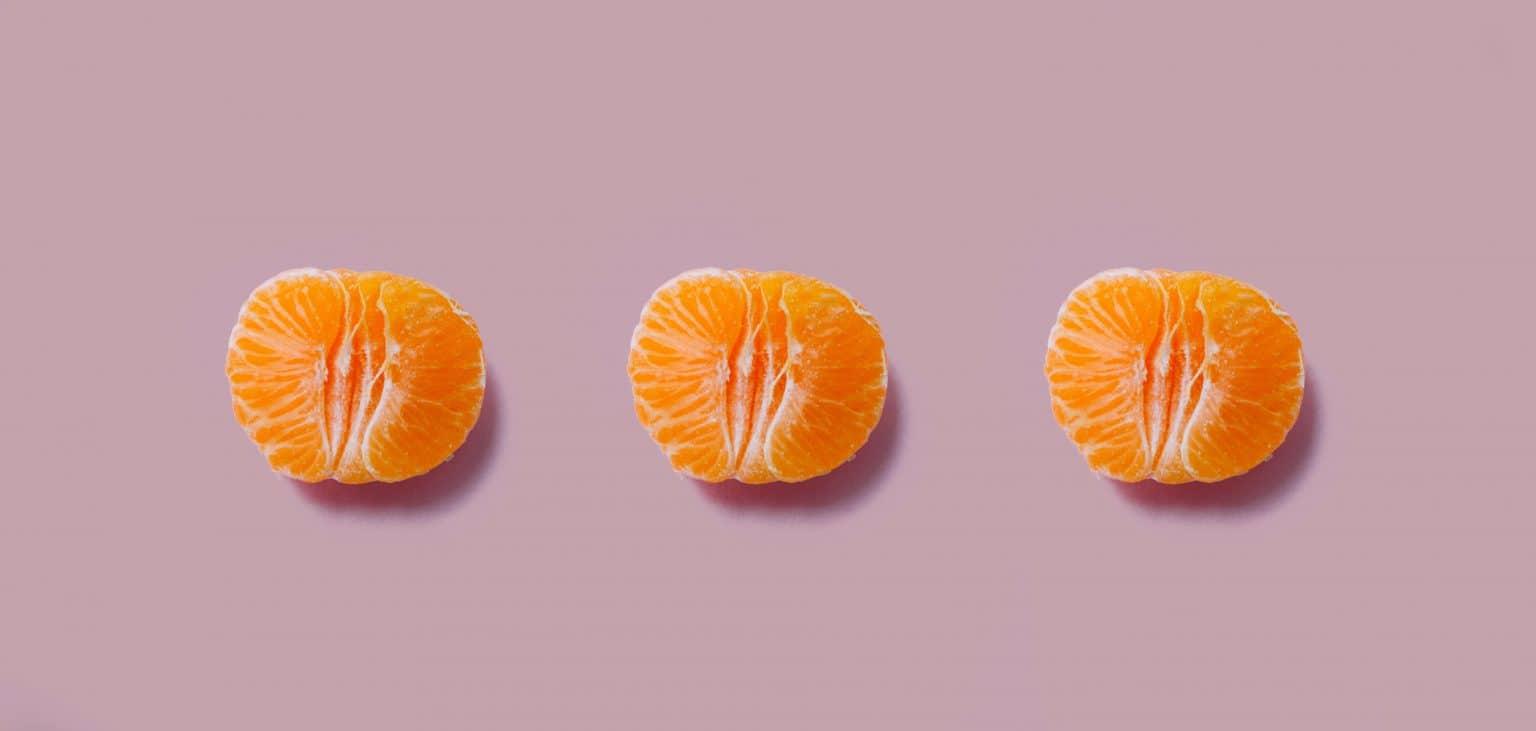What are natural flavors? How is natural orange flavor made?
The most trustworthy source of food and
fitness journalism in the country.
When natural flavor’s are unnatural, it’s time for the cold-pressed truth
At some point, haven’t we all tried creating a new color by mixing two existing colors? We got grey because someone thought it would be exciting to mix white and black. Orange came into being when yellow and red were mixed. Well, the food industry is no different. Just that it applies this technique to colors and flavors both. And then puts the resultant in our food!
Known as ‘essences’, these are made using chemicals derived after various permutations and combinations, to create something that’ll imitate a natural flavor. They carry the same aroma, same taste and same color as that of a particular natural fruit. But, let’s be clear, they’re not – the fruit.
How are artificial flavors made? Are they different from natural flavors?
It’s largely a trial-and-error method of chemical analysis done in a lab. Yes! CHEMICAL analysis. Usually, esters and their derivates are the sources of these chemicals.
Natural flavor giving constituents of the fruit (which are essentially hydrocarbons) are examined by technicians who then replicate these hydrocarbons in the labs.
For instance, to create lemon flavoring/essence, the technicians identify the citral chemical compound found naturally in the lemon peel or say lemongrass and prepare a similar one by doing the chemical math. In the case of orange, this substitute is ‘octaacetate’.
Now, you might ask, where do they get these hydrocarbons from to create the desired substitute? Good question.
Well, depending on whatever is profitable for the manufacturer, it could be either petroleum or paper pulp. One of these forms the base of the artificial flavors. We’ll let that sink in for a bit.

What is essence?
Ever smelled a fruit? How much aroma does it impart? Does the aroma overpower your senses or is it mild? Usually, natural aromas are subtle and leave a fragrance. It’s the same difference as smelling a flower and a perfume.
Now, artificial mixtures are generally volatile chemical substances. When they react with the water present in the air, they evaporate and come in contact with the sensory cells in your nose. The same goes for carefully chosen activator-chemicals in a product meant for your taste buds. Essences are a combination of chemicals which can activate both – your sense of smell as well as taste.
In case of an orange flavor, the artificial flavor tries very hard to smell and taste like a real orange. Remember, its job is to not only mimic the fruit’s smell but also make up for its taste. It’s like trying to put a blinker on your eyes so you can’t identify the fact that it’s not natural.
Why are artificial flavors bad?
The whole concept of creating artificial essences (or ‘nature identical’ essences, as many food manufacturers call it) is based on product cost. No points for guessing, these chemical substitutes are way cheaper than their natural counterparts.
For food makers, it’s about delivering the same (or better) taste and aroma, at the lowest possible cost. That food should be real, doesn’t even factor into the debate.
Sources:
1) Artificial v/s natural flavor- https://www.youtube.com/watch?v=9Unc-MSZJ8s
2) Pros and cons – https://www.trueprotein.com.au/blogs/nutrition/the-age-old-debate-artificial-vs-natural-flavour
3) Flavor and nutrition – https://www.ameritasinsight.com/wellness/artificial-natural-flavors
4) How artificial flavors work – https://www.youtube.com/watch?v=brIdmvJVreU
5) Industrial process – https://www.youtube.com/watch?v=YT3_hLtNsF8
